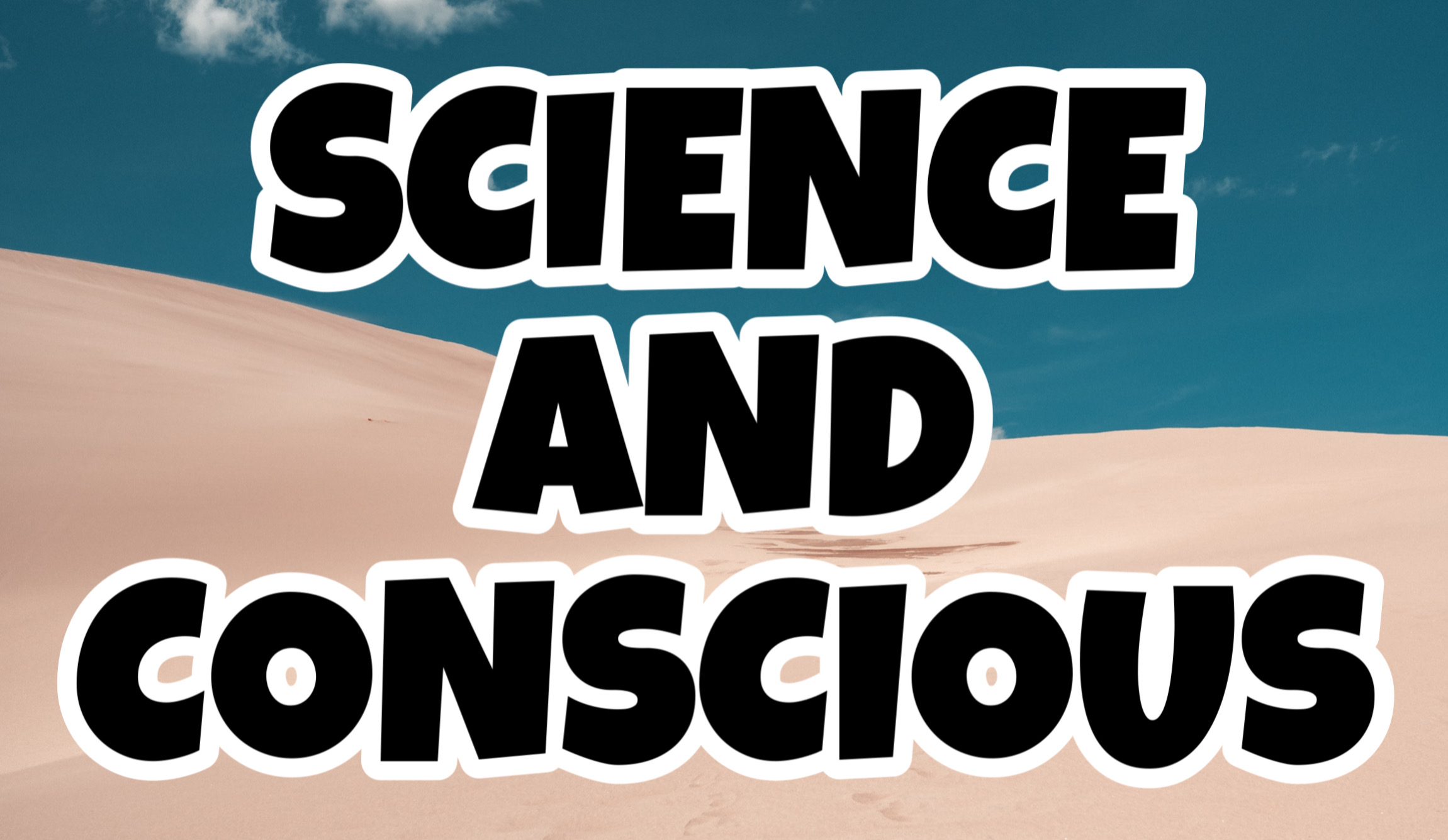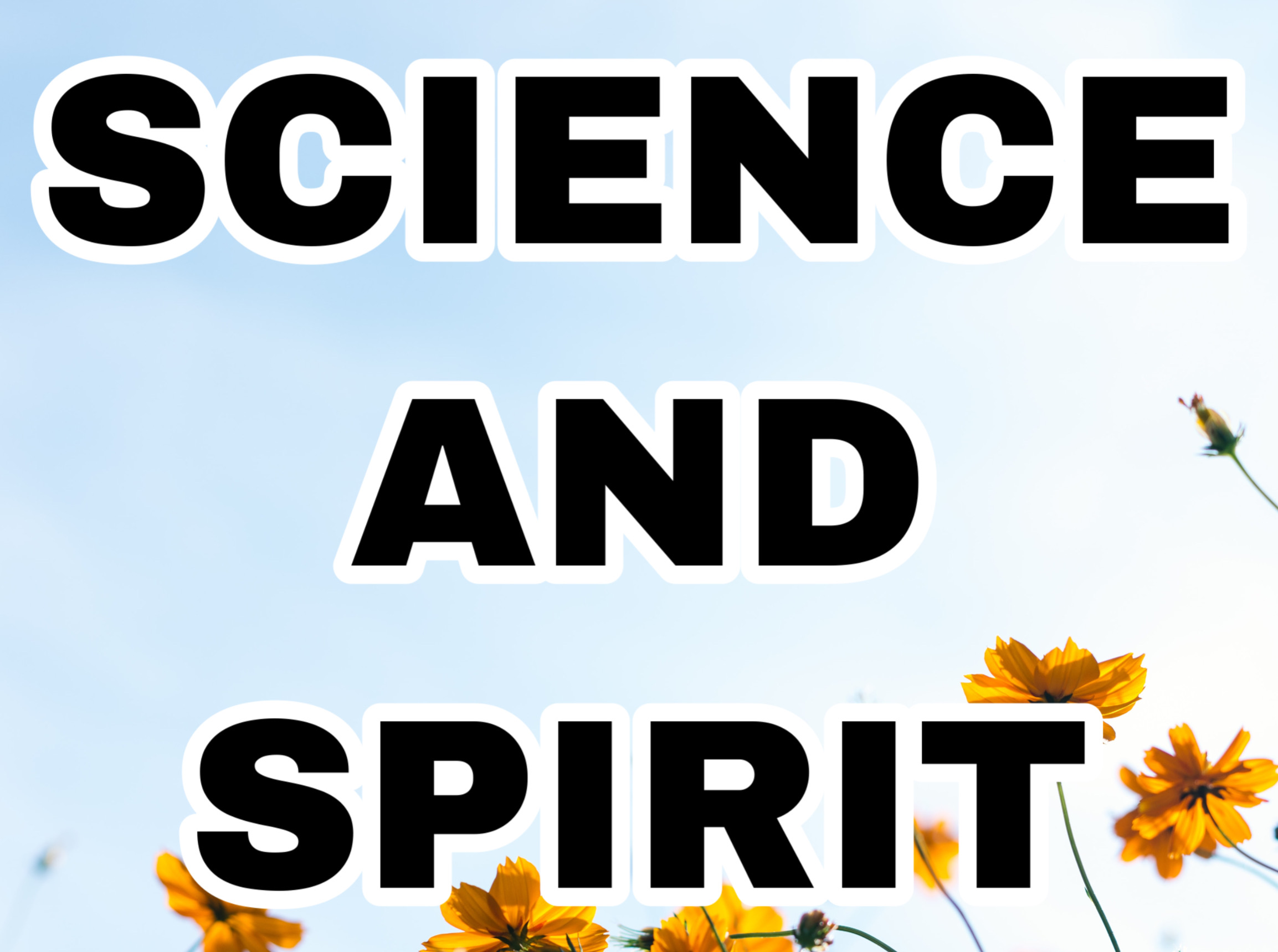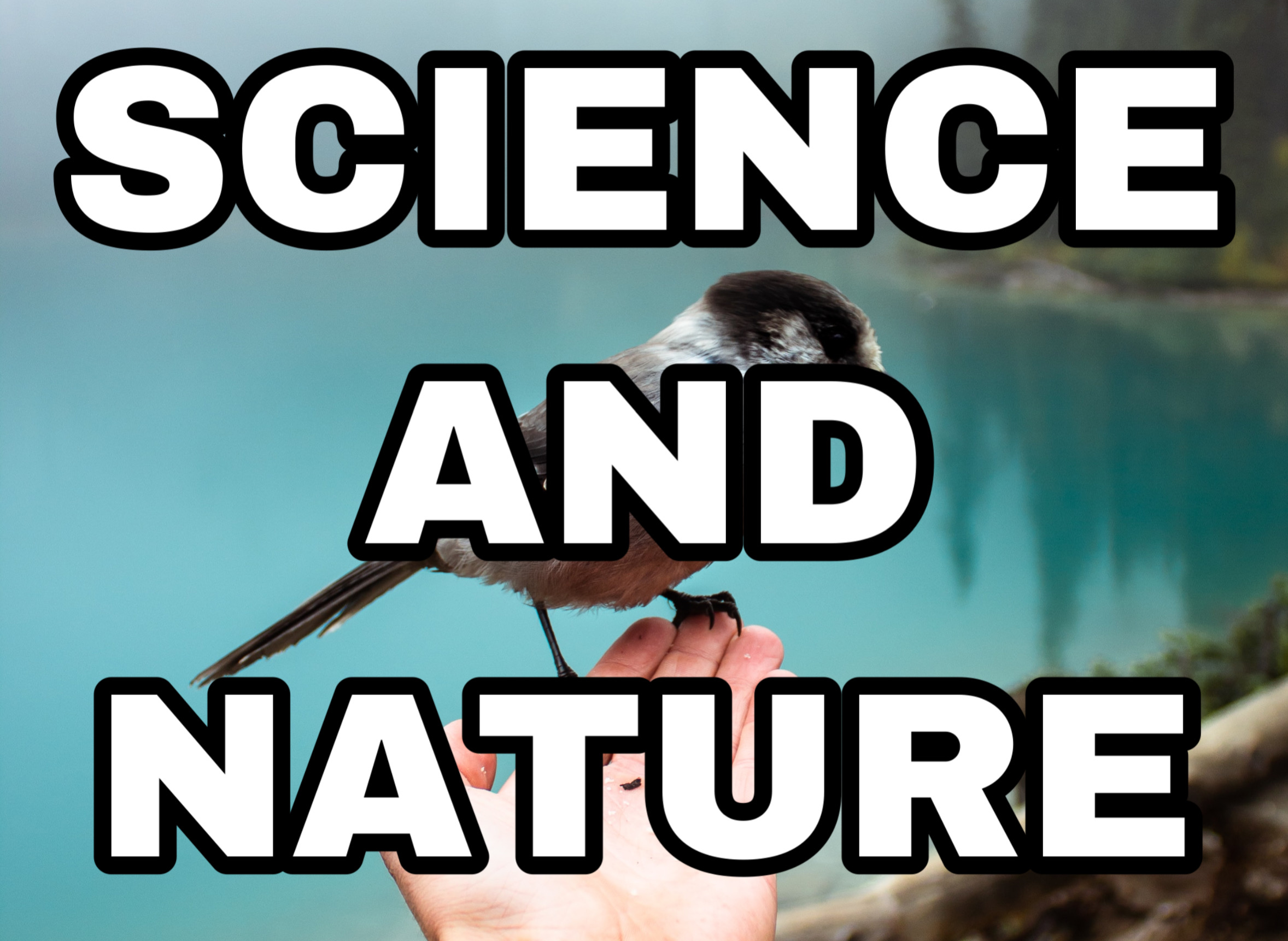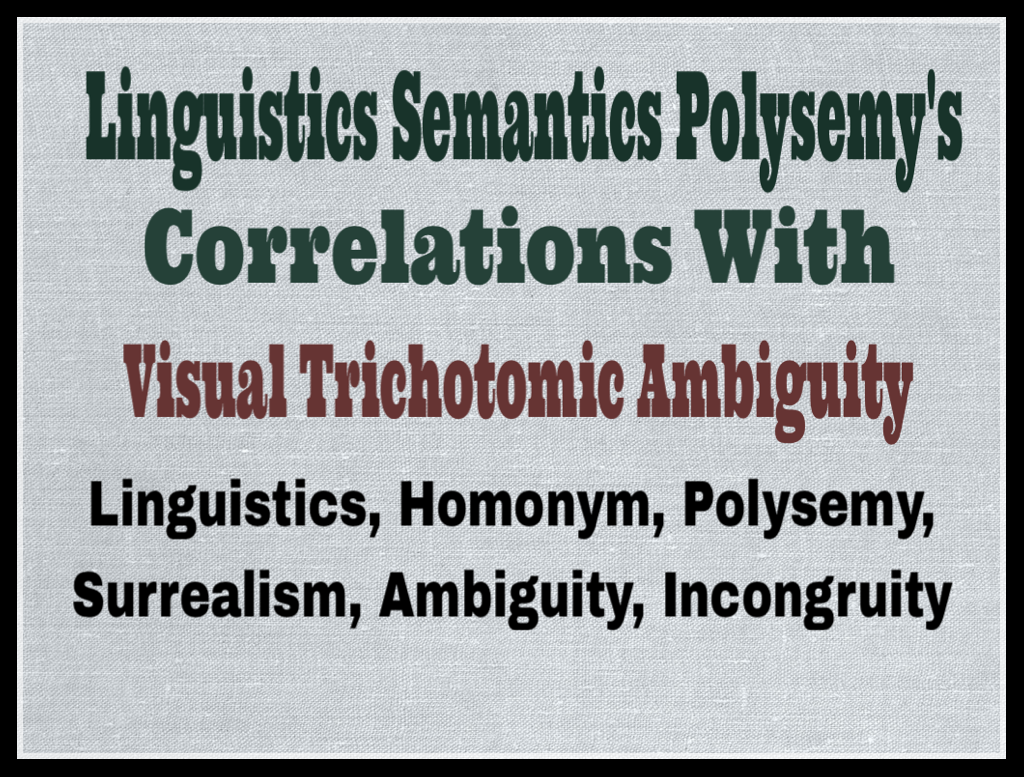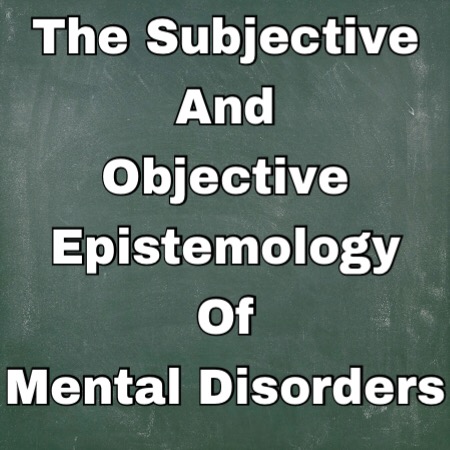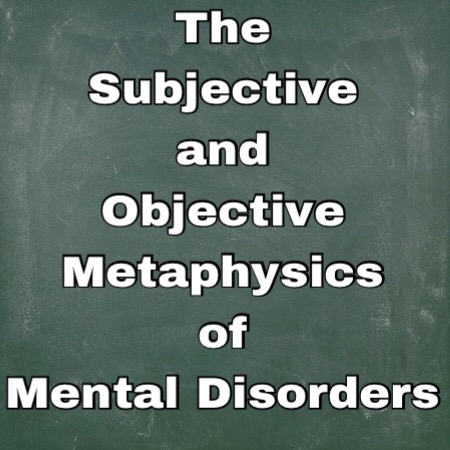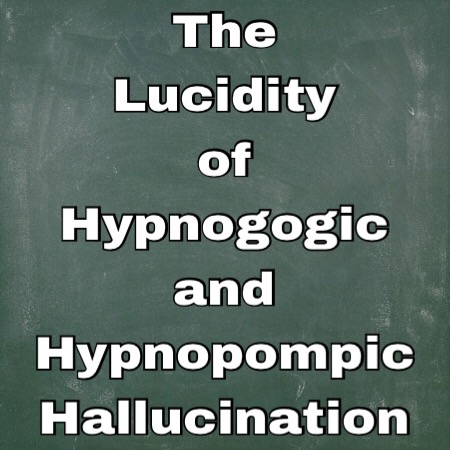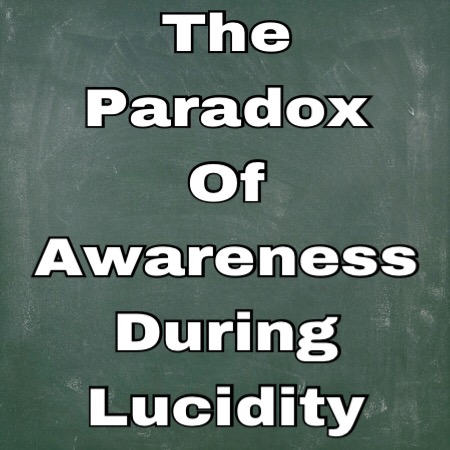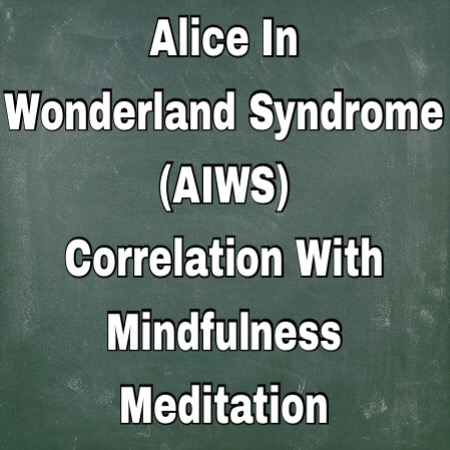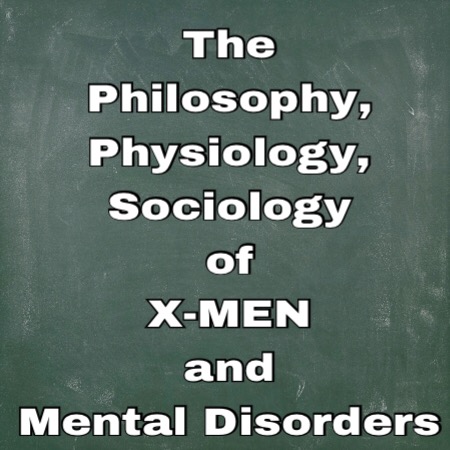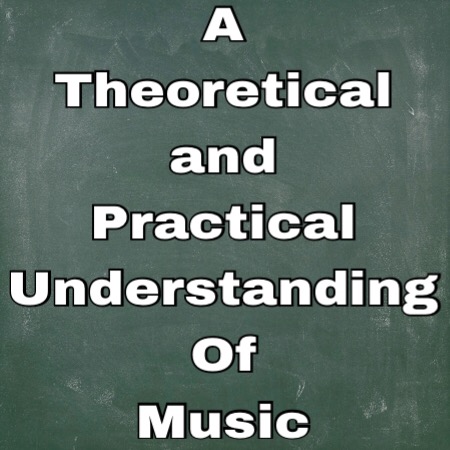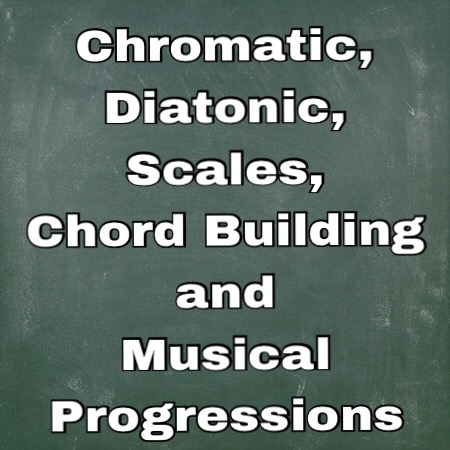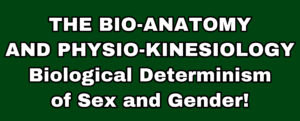The Correlation And Disparity Between Premise And Proposition In The Framework Of Logic, Evidence & Reasoning!
The Correlation And Disparity Between Premise And Proposition In The Framework Of Logic, Evidence & Reasoning!
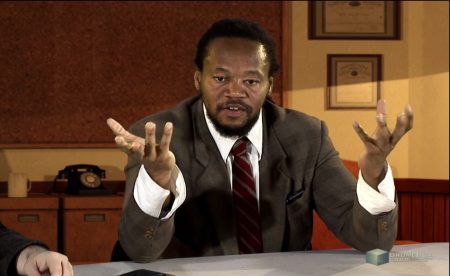
The basis of a solid argument is contingent on two or more declarative sentences; declarative sentence meaning to formulate or command a statement with a set of assertions——-it’s the contrast of a question…Such exchange of opposing views require different kinds of reasoning; such as deductive reasoning, inductive reasoning, reductive reasoning, abductive reasoning etc!
Deductive Reasoning: deductive reasoning are conclusions inferred from a premise or proposition that is logically sound and valid. One examples of deductive reasoning is; “all men are mortals, Joe is a man therefore Joe is a mortal.” Mortality is a human inevitability; Joe is human, therefore Joe’s mortality is inevitable…Conclusions derived from a premise or proposition that’s logically sound and valid; deductive reasoning are specificity deriving from generality..
Inductive Reasoning: inductive reasoning are conclusions inferred from a premise or proposition that’s based on statistical probabilities and percentages. One examples of inductive reasoning is; “it rains every Monday, therefore and most likely it’ll rain next Monday.” Based on statistical probabilities and percentages..Conclusion derived from a premise or proposition based on statistical probabilities and percentages—Inductive reasoning are generality deriving from specificity..
Abductive Reasoning: abductive reasoning are conclusions inferred from a premise or proposition based on incomplete or inconclusive observations. Prime example; you’re missing funds in your apartment, your roommate is the only person in the apartment—–therefore he’s responsible. Conclusion derived from a premise or proposition based on incomplete or inconclusive observations—-
Reductive Reasoning: reductive reasoning are conclusions inferred from a premise or proposition, by reducing the opposite to highlight the absurdity, or appealing to the most common sense explanation —- thus proving the proposition to be true. Reductive reasoning is a mixture of deductive and inductive reasoning.. Reductive reasoning is rare and almost nonexistent; it’s a hidden in verbal sarcasm; example; “Amanda baked a cake;” “the cake baked itself.” Reducing the opposite highlights the absurdity and inversely appealing to the most common explanation. Atleast, someone had to bake the cake, but it’s a partial opposite, it really should be “the cake baked Amanda..” Interestingly enough and technically, ”reducing the opposite” isn’t just about contrasting the reductive premise or proposition, but looking at all the absurd possibilities outside the reasoning in and of itself……….
Deductive reasoning makes logical deductions while inductive reasoning lacks absolute certainty, and presupposes a sequence of events will occur based on statistic probabilities; it presupposes the conclusion based on consistent predictions..Two problems with inductive reasoning are infinite regress and falsifiability; the former deals with perpetual reasoning or justification, and the latter deals with the testability of any scientific hypothesis—–Abductive reasoning does not fall into the deductive or inductive category because the predictions are based on incomplete or inconclusive observations….And, reductive reasoning proposition is proven by the absurdity of opposites…
Let’s evaluate the collection of theories used in the application of formulating evidence; each method of evaluating information below is contingent on premises and propositions. Theoretical. Inferential, empirical, subjective and anecdotal evidence all rely on the use of premise and propositions through different kinds of
Theoretical Evidence is a collection of propositions that illustrate the principles of a subject..
Inferential Evidence is based on evidence, data and reasoning.
Empirical Evidence is based on observation and experience.
Subjective Evidence is based on personal experience.
Anecdotal Evidence is centered around personal account rather than facts or research..
An argument requires two or more sets of declarative sentences, one known as the premise and the other known as the proposition. A premise is a previous statement or proposition in which another is inferred, and a proposition is a statement or assertion that expresses a judgement or opinion. Both premise and proposition have been used interchangeably and out of context; but they are mutually exclusive..The major conundrum exist because the premise and proposition tends to oscillate back and forth between the former and latter part of two or more declarative sentences.
A premise precedes a proposition or the proposition may antecedent the premise as a noun, because the former is a previous statement or proposition in which another is inferred, and the latter is a statement or assertion expressing a judgement or opinion….They’re correlated as a noun because they’re both a declarative put forth as declarative statements expressing an assertion..Both premise and proposition have a primary and secondary meaning; the former being a noun and latter being a verb..
Premise as a verb is a presupposition—to state or assume; proposition as a verb is a suggestion—to put forth a plan of action, pervasively used in sexual innuendos..The disparity between both verbs are subtle nuances; presupposition asserts or assumes, and suggestibility puts forth a plan of action. Because of the ambiguous nature of premise and proposition, the interchangeable usage between the primary meaning (noun) and secondary meaning (verb) is where the conundrum lies. The ambiguity of linguistics!


Synopsis: Self-Referential & Empirical Analysis |
|---|
|
These empirical analysis are inconclusive, however verifiable through observation, experience and a degree of self-affliction..Inferences conclude that mental faculty are the prerequisite towards mental disorder attraction, and physiology, kinesiology and biomechanics invariably initiate the attraction. These hypotheses are based on independent, theoretical and practical analysis under organic and inorganic conditions. A taxonomy between different forms of mental disorders; primarily, bipolar, has been curated under normal impulsive, distractible, disinhibited and grandiose conditions to effectively and efficiently classify their mental faculty, cognition, psyche, personality, characteristics, conditioning, ideology and emotions.
A detailed examination of test subjects and their mental disorders correlation to areas of metaphysics, phenomenology, parapsychology and psychopathology.. The heightened sense of awareness, the germination of the conscious and subconscious, and the solipsistic and pantheistic implications during mania. Investigations were conducted in their fatal attraction, specifically the prerequisites and initiators that poise the pleasure of interest; also, the amplification of precognition, premonition, retrocognition, clairvoyance, synchronicity, serendipity and telepathy. Bipolar implies the polarized state between euphoria and dysphoria, and i’ve used the misleading definition because they’re both extreme end of the emotional spectrum that exceeds beyond the normal individual. However, they’re representation of emotional dimensions or coexisting emotional alternation. Bipolar depression and unipolar depression are symptomatically different disorders, and it’s imperative to draw distinctions. Hence, antidepressants can destabilize and induce mania or coexisting dysphoria and elation. |
Theoretical & Inferential Data Assessment |
|---|
| These papers are not subjugated to inferential and theoretical data, they’re conclusions reached based on self-referential and empirical analysis, and a systematic inquiry to into the organic nature of individuals under natural environmental settings.. Subjective evaluations were conducted on mood fluctuation, anxiety, and circumstances that intermittently, inadvertently and indirectly alter, modify and impacted their mood. Linear and nonlinear processes, spatial reasoning, brain rapidity and mental solidity were assessed under normal conditions; childhood trauma, stress, illness, depression, insomnia, and substance abuse were accounted for under careful observation..Rigid investigations were conducted into the biological predisposition and environmental factors that precursors the individuals predicament…Also engaging with the “observers effect” methods and principles, where passivity, compliance, and complete adherence to the test subject focal points. |
Taxonomy Of Mental Disorders & Parapsychology |
|---|
|
Chapter I: is a fissure analysis between metaphysics, phenomenology, parapsychology and psychopathology; the augmentation of senses during mania and germination between the conscious and subconscious. Chapter II: is an analysis of solipsism, pantheism and the paradox of intersubjectively phenomenology during manic elation; also objective realism. Chapter III: explores the prodromal stages of bipolar solipsism and schizophrenia; apophenia and pareidolia being precursors. Chapter IV: analyzes the mental equilibrium in simultaneous diseases and the way impulsivity, distractibility, disinhibition and grandiosity alters during comorbidity. Chapter V: is a detailed examination of the prerequisites and initiators in bipolar and mental disorders fatal attraction; primarily in the areas of physiology, kinesiology and biomechanics. Chapter VI: investigates the prevalence of hypnagogic and hypnopompic hallucinations and lucidity in bipolar and the general population. Chapter VII: is a systematic inquiry into Bipolar III Cyclothymia and the equilibrium between polar extremities; the subtle commonalities and polarity they share with Bipolar I mania, and Bipolar II hypomania. Chapter VIII: Analyzes the correlation and disparity between solipsism, parapsychology and psychopathology in bipolar mania, and how grandiosity coalesces the trichotomy. Chapter IX: studies existentialism, nihilism and it’s relationship to bipolar disorder, atypical minds and the suppressed human psyche of normal individuals. Chapter X: Analyses Alpha, Beta, Delta, Theta, Gamma Brain Waves In Extrasensory Perception, and it’s differences to sound waves, light waves and mania. Chapter XI: Observes The Schumann Resonance, Electromagnetic Fields, Brain-Waves and it’s correlation with Bipolar I Manic Episodes. Chapter XII: Takes a Taoistic, Existentialistic and Newtonian analysis of the authenticity of love in Bipolar I Manic Episodes. Chapter XIII: Explores the disparity and commonality between mindful meditation, Alice in Wonderland Syndrome (AIWS), and Bipolar Manic’s and Hypomania. Chapter XIV: A Cross-Disciplinary and Multidisciplinary Pathophysiological and Neuropathological approach to Bipolar Manic’s. Chapter XV: Examines the Phonetical and Phonological features adolescents and the culturing nurturing and social conditioning of intonation, inflection, modulation and cadence in speech. Chapter XVI: Studies The ambiguity of Figurative Devices in manic’s interpretation of reality; primarily metaphor, analogy, personification and movies symbolic representations. Chapter XVII: Is a Philosophical analysis of Pantheism, Panentheism, Panpsychism, Dualism & Monism during Bipolar Manic Episodes. Chapter XVIII: Examines the correlation between high altitudes and depression, primarily its effect on Bipolar I Manic episodes and II Hypomania! Chapter XIX: Is an ontological analysis of reality, existence and being in terms of dualism, monism, idealism and materialism. Chapter XX: Studies the correlation between impulsivity, grandiosity, promiscuity and its relationship to the adult films industry. PHILOSOPHICAL |
 (I) Metaphysics, Phenomenology, Parapsychology & Mental Disorders (II) Solipsism, Intersubjectivity Phenomenology, Pantheism and Bipolar I Manic Episodes (III) Apophenia The Prodromal Stages Of Bipolar-Solipsism & Schizophrenia (IV) Empirical Analysis Of Comorbidity In Borderline Savants And Bipolar I Mania (V) Physiology Kinesiology, The Antecedent Initiator In Bipolar I Manic Episodes Attraction (VI) Auditory And Visual Hypnagogic Hallucination, Lucidity And Bipolar Manics (VII) Bipolar III Cyclothymia, The Equilibrium Straddle Between Polar Extremities (VIII) The Trichotomy Between Solipsism, Parapsychology & Psychopathology in Bipolar I Manic Episodes (IX) The Existentialistic And Nihilistic Authenticity of Atypical & Bipolar Manic Episodes Despair (X) The Alpha, Beta, Delta, Theta, Gamma Brain Waves In Extrasensory Perception; Bipolar I Manic Episodes (XI) Schumann Resonance, Electromagnetic Fields, Brain-Waves And Bipolar I Manic Episodes (XII) Taoism Philosophy, Newtons Law, Existentialism, Authenticity, Promiscuity & Bipolar I Manic Episodes (XIII) Mindfulness Meditation, Alice In Wonderland Syndrome (AIWS), Bipolar And Hypomania (XIV) A Cross-Disciplinary And Multi-Disciplinary Pathophysiological Approach To Bipolar I Manic Episodes (XV) Linguistics Phonetics, Suprasegmental Phonology, Semantics, Rhetorical Devices And Bipolar I Manic Episodes (XVI) Linguistics Semantics, Metaphor, Analogy, Personification, Romeo & Juliet Bipolar I Manic Episodes (XVII) Pantheism, Panentheism, Panpsychism, Dualism, Monism, & Bipolar I Manic Episodes (XVIII) The Pathophysiological Effect of Hypoxia In ADHD and Bipolar (XIX) The Philosophical Implication of Dualism, Monism, Idealism, Materialism In Bipolar (XX) The Correlation Between Psychopathology and The Adult Film Industry |
INTRODUCTION TO (LOSE-T) THE EVOLUTION OF (LOSE-T) | THE HISTORY OF (LOSE-T) PHENOMENOLOGY (LOSE-T) |

Introduction To (LOSE-T) Search Query Disambiguation (SQD)
(1) (SEO), (SERP), (NLP), Derivational & Inflectional Morphology
(2) (SEO), (SERP), (NLP), Metaphor, Analogy, Metonym
(3) (SEO), (SERP), (NLP), Polysemy, Capitonym, Monosemy
(4) (SEO), (SERP), Homonym, Homophones, Homograph
(5) (SEO), (SERP), Segmental & Suprasegmental Phonology
(6) (SEO), (SERP), Paronym, Hyponym, Meronym, Hypernym
(7) (SEO), (SERP), Onomatopoeia, Denotation and Connotation
(8) (SEO), (SERP), Heteronym, Heterograph, Orthographic Units
(9) (SEO), (SERP), (NLP), Cuneiform, Pictographs, Ideographs
(10) (SEO), (SERP), Logographs, Hieroglyphics, Phonographs
(11) (SEO), (SERP), Abbreviations, Acronyms-Hybrids, Initialisms
(12) (SEO) (SERP) Anthropomorphic, Personification, Typography
(13) (SEO), (SERP) Holonyms, Synonyms, Antonyms, Taxonomy
(14) (SEO), (SERP) Prefix, Suffix, Affix, Infix, Circumfix, Morpheme
(15) (SEO), (LOSE-T) Taxonomic Framework To Encode (NLP)
(16) (SEO), (SERP) Absolute, Comparative, Superlative Adjectives
(17) (SEO), (SERP) Redshift, Doppler, Special & General Relativity
(18) (SEO), Possessive, Demonstrative, Indefinite Adjectives
(19) (SEO), (NLP), Proper Nouns, Common Nouns, Capitonymic
(20) (SEO), (NLP), Modulation, Cadence, Intonation, Inflection
(21) (SEO), (NLP), Terminology, Jargon, Verbosity, Slang/Ebonics
(22) (SEO), (NLP) Phonemes, Graphemes, Morphemes, Digraphs
(23) (SEO), (NLP), Autocomplete, Spelling Correction Predictions
(24) (SEO), (NLP), Algorithmic Paradoxes, Equilibriums, Axioms
(25) (SEO), (NLP), Chromatics, Diatonics, Logarithmics, Octaves
(26) (SEO), (NLP), Anaphora, Cataphora, Antecedent, Postcedent
(27) (SEO), (NLP), Hegelians Dialect; Thesis, Antithesis, Synthesis

![]()

(1) Fundamental vs Technical Analysis in The Stock-Market
(2) Predicting The Stock Market Using Dispersed Variables..
(3) (SEO), (SMO), (SERP), And Google Algorithms..
(4) ICANN), (gTLD), Domain Registras & Cyber-Squatting..
(5) Domain Names (gTLD), Effect On (SEO), Stock-Market..
(6) 10-K, 10-Q, Annual Reports And Google Revenue..
(7) (ICANN), (UDRP), Domain Trademark And Cybersquatting..
(8) Economic Correlation/Advertisement, Marketing & Commodity!

(1) Three Dimensional Paradoxes In Spatial Schemata
(2) Vibrating Molecules and Elliptical Bubbles
(3) Musical Octaves and Wave-Particle Duality
(4) Smells Velocity Induces Memory Faculty
(5) The Paradox of Light and Sound Induces Synesthesia
(6) The Trichotomy Between Amplitude, Frequency and Velocity
(7) Black Is An Electromagnetic-Radiation (EM) Paradox
(8) Quantum Field Theory, Nash Equilibrium & Social Science
(9) Quantum Electrodynamics, Intramolecular, Intermolecular
(10) The Fibonacci Sequence & Coriolis Effect; Music & Motion

(1) The Emotional Dichotomy in Humor
(2) Neuro-Behavioral Disorder Adaptation
(3) Why Comedians Don’t Laugh At Open Mics
(4) Economic Psychology and Humor Aberration
(5) The Philosophy And Psychology Behind Fozzie Bear Humor
(6) Women Comics! A Sociobiological and Economical Analysis
(7) The Trichotomy Between Instinct, Intuition and Improvisation
(8) Synasthesia, Psychophysics, Linguistics and Humor!


| Synchronicity, Serendipity, Irony, Coincidences | ||

(1) Ecological Factors and Physiological Attributes
(2) The Psychology of Politics Equatable Rhetorics
(3) Psychophysics, Polyrhythm, Arrangement and Composition
(4) Smells Velocity Induces Memory Faculty
(5) Cognitive Impairment/Weather Conditions/Placebo Effect
(6) The Social Equilibrium of Spirituality vs Superficiality
(7) Quantum Entanglement, Chameleon Effect and Coincidences
(8) Synthesis Deriving From A Medical Antithesis
(9) The Power of Analogy, A Peculiar Mnemonics
(10) A Metaphor In Physics To Induce Organic Sleep
(11) Karma The Spiritual Undertone In Cause and Effect
(12) Distinctions Between Verbal Irony and Verbal Sarcasm
(13) School District Negligence, A Butterfly a Effect Analogy
(14) Dogs Defecating Alignment With The Earths Magnetic Field
(15) Fundamental vs Technical Analysis in The Stock-Market
(16) A Conglomeration of Political Discrepancy
Share your views and opinion, please leave a comment below Written By: Atelston Fitzgerald Holder 1st
SCIENTIST | ACADEMIC WRITER | LECTURER
The Harlem Times Politics | Business | Economics | Entertainment
Ask A Newyorker Science | Economics | Business | Politics
News Blaze World News | Science | Business | Technology
Performance Artist: www.youtube.com/mrpregnant
Musical Composer: www.youtube.com/mrpregnantmusic
Feel free to contact me at: mrpregnant@aol.com
Copyright 2016
Latest posts by Atelston Fitzgerald Holder 1st (see all)
- A SCIENTIFIC ANALYSIS OF THE SACRED-GEOMETRIC NATURE OF SUPERHERO ANATOMY! - September 5, 2023
- A Mirrored Reflection Of The Tainted Human Expression - September 15, 2021
- The God Universe Non-Dualistic Dichotomy - September 12, 2021
- Consultation - April 30, 2019
- The Philosophy Of Obsessive Compulsive Disorder (OCD), Bipolar I Manic, Lysergic Acid, Psilocybin & Sensory Modalities - January 31, 2018











